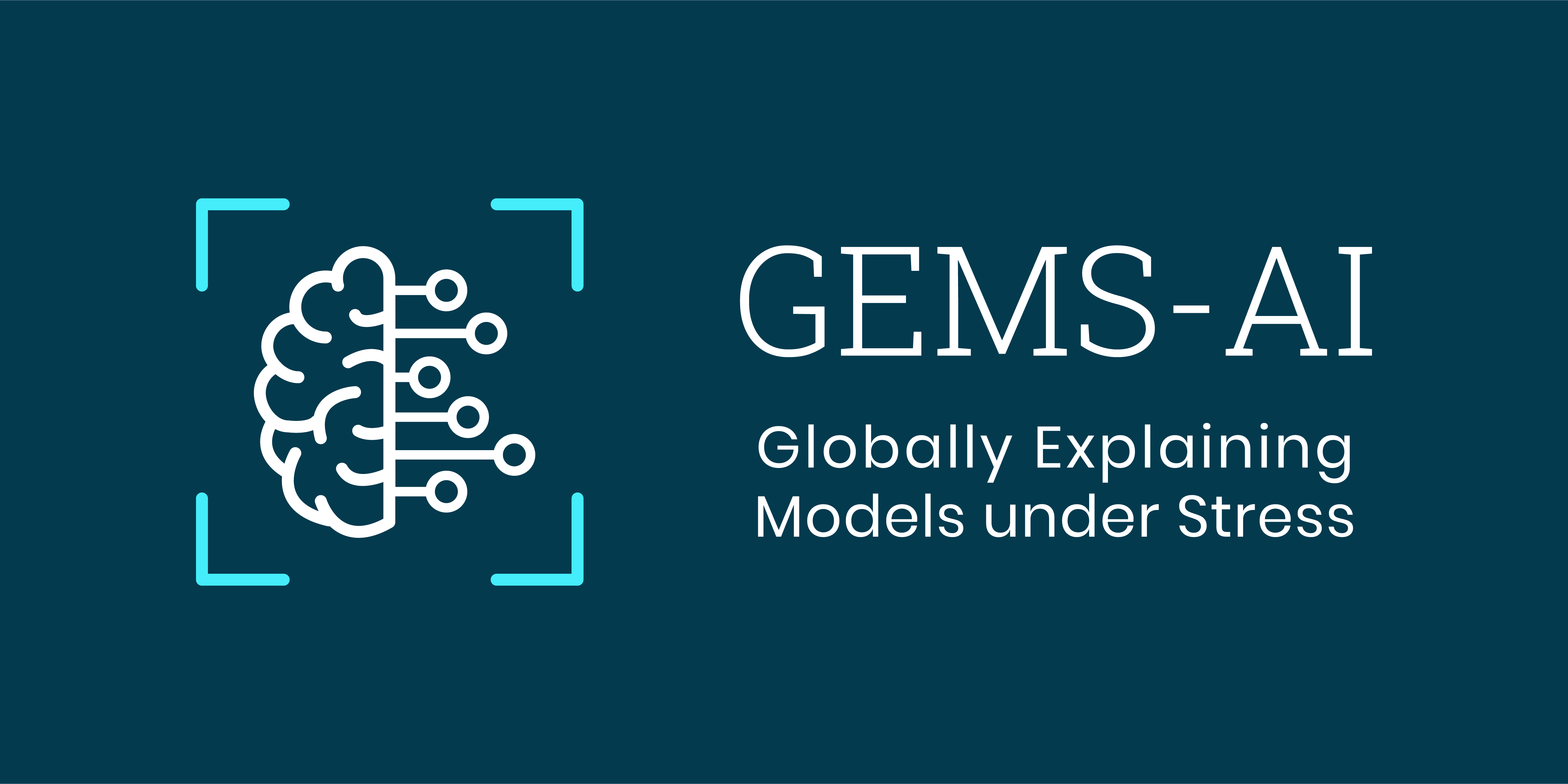USE Tutorials
Machine learning models can largely outperform classical algorithms to make predictions about complexe problems, e.g. recognizing trees (which can vary a lot depending on the season, the species…). To do so, they learn from data (either from examples or experience) instead of following a well-defined sequence of instructions (like a cooking recipe). We humans do the same to teach our kids to recognize trees: we do not provide instructions but examples.
Explore the features
1

Get Started
Learn the basics of the package here.
+

Binary classification
Explain a binary classifier with the Adult dataset
+

Multi-class classification
Explain a multi-class classifier with the Iris dataset.
+

Regression
Explain a regressor with the Boston dataset.
+

Images
Explain an image classifier with the MNIST dataset.
+

Multi-dimensional
Explain correlations in a multidimensional context.
+
Conduct real-world analyses
2

Heart disease
Explain the forecast for heart disease diagnosis.
+

Diabetes
Explain a classifier that predicts the presence of diabete.
+
Compare to alternatives
3

Partial Dependence Plot
Comparison with Partial Dependency Plot to understand marginal effect of variables.
+
Code source on GitHub
You can find onGitHub : theIntroduction, Installation guide, User guide (Measuring model influence, Evaluating model reliability, Support for image classification), Authors and License.

Contact us
Toulouse
Mathematics Institute
118 Rte de Narbonne
31400 Toulouse - FRANCE
contact@gems-ai.com

